April 29, 2015 | Sandy Giardi
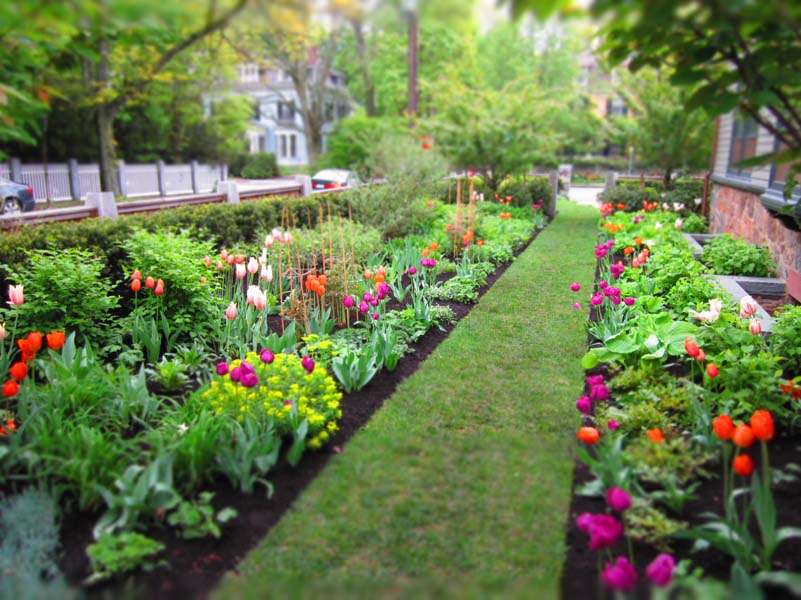
Parterre Garden Services
After the rigorous winter we’ve had, leading horticulturists weigh in on how to ready your beds, bushes and yards for springtime splendor.
Just as green thumbs and landscape professionals put gardens to bed every fall, so too must they “wake them up” come spring, explains landscape designer Gregory Lombardi of Gregory Lombardi Design. After weathering one of New England’s harshest winters of record, reviving bushes and plants this spring season is particularly challenging.
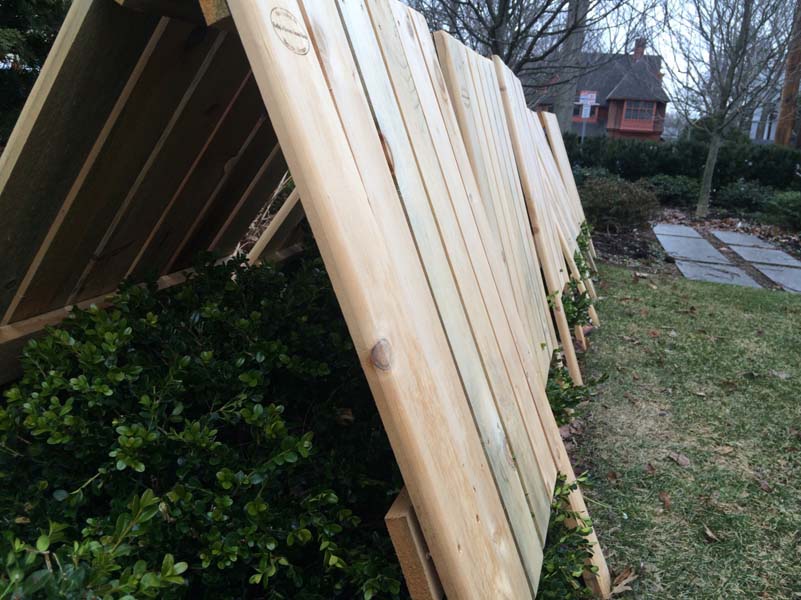
Parterre Garden Services
Considering “the heavy, crushing snows that held on into April,” says Sean Halloran, Field Director of Parterre Garden Services, landscapers and home gardeners alike have their work cut out for them. And then some. “Having gotten such a late start in the gardens this spring season,” says Halloran, there’s a lot to do and not much time to do it in.
As Scott Richard and Jim Freeborn of Select Horticulture, Inc. so aptly put it, it’s finally “time to put away the snow shovels and take out the garden tools.” And, in order to make the most of a short but very sweet growing season, it’s time to get to it!
But where to begin?

Landscape Architecture by Karen Sebastian, LLC; Landscape Construction by Anderson Landscape Construction; Home Renovation Built by Fallon Custom Homes; Photography by Richard Mandelkorn
Clean Up
The first spring task, says Halloran, “is cleaning up the garden of last year’s spent foliage and debris.” In doing so, he continues, “you are removing any overwintered diseases, which really take hold in the wet spring season.” Rake out and edge your beds as well as the lawn to remove the thatch and dead grass and make way for the fresh soil and green grass you were dreaming about in January.
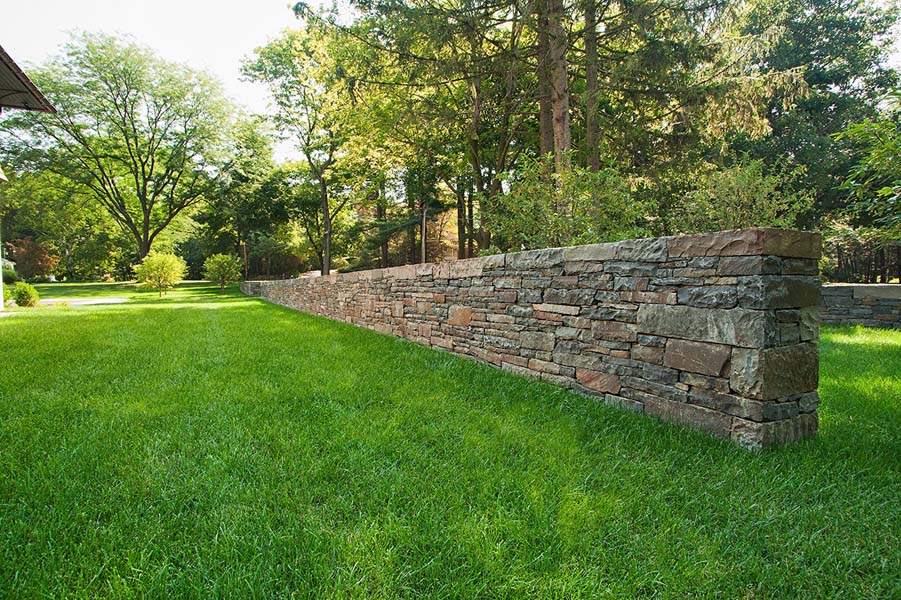
Don’t forget to look up as well as down during your spring cleanup. If your landscape features a pergola canopy, Walpole Outdoors suggests giving it a good cleaning and checking the center track. “Winter debris can collect along the full length, preventing smooth operation.” To get your outdoor room ready for use, “a hose and a clean rag should do the trick,” offers the company, but steer clear of soaps or harsh cleaners lest they stain the canopy.

Fences, arbors and pergolas, both wood and cellular PVC, can also benefit from a “careful power wash,” says Walpole Outdoors. The reputable firm suggests using a deck wash from any home improvement retailer or Simple Green, if a homeowner is concerned about their plants and environment.
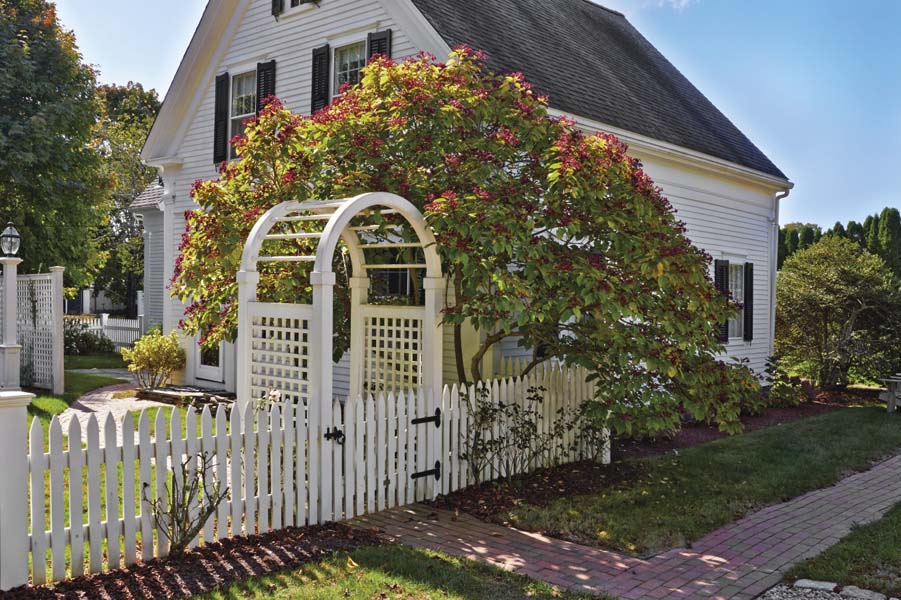
Enlisting a professional and/or understanding that your beds and plants need more than a rake and sweep after sustaining serious snowfall is important. Lombardi advises that “getting in there and assessing plant health and structural pruning” will give greenery a fighting chance to come back to full flourish once the weather has finally turned for good.
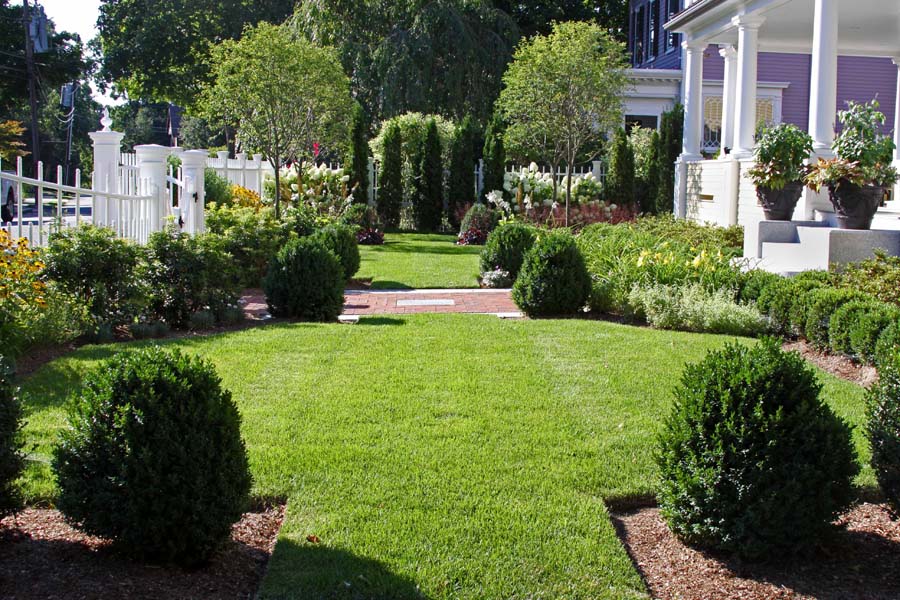
Landscape design by Gregory Lombardi Design; garden installation and maintenance by Parterre Garden Services
Laurie Sullivan, Residential Maintenance Division Manager of Schumacher Companies, explains, “So often people had to shovel off their roofs this year, and [the snow] went right down on top of a lot of pretty delicate plants. Boxwoods were especially affected this year, and inkberry holly really had a hard time. You’ll see that the center of these shrubs are broken off.”
Halloran concurs, adding that “foundation plantings have taken a heavy beating, and a lot of yews, boxwoods and hollies have been destroyed by the crushing snows.”
How can you tell if your branches are beyond the point of no return? Time, along with some steady sunlight, will tell. However, the pros are examining the broken branches and being proactive about structural pruning.
Sullivan explains that Schumacher, indeed most landscapers, are pruning broken branches “back to the where a new bud is coming out.” She continues, “In some cases, we can actually use twine in a (hopefully) invisible way to support the plant, bring it together and make it look better. In other cases, we’ll just have to see how the plant rebounds.”
Pruning is a key spring practice that serves many functions, “such as removing winter damage, increasing air circulation, improving structure and encouraging beautiful blooming throughout the season,” says Halloran. Think of it as damage control.
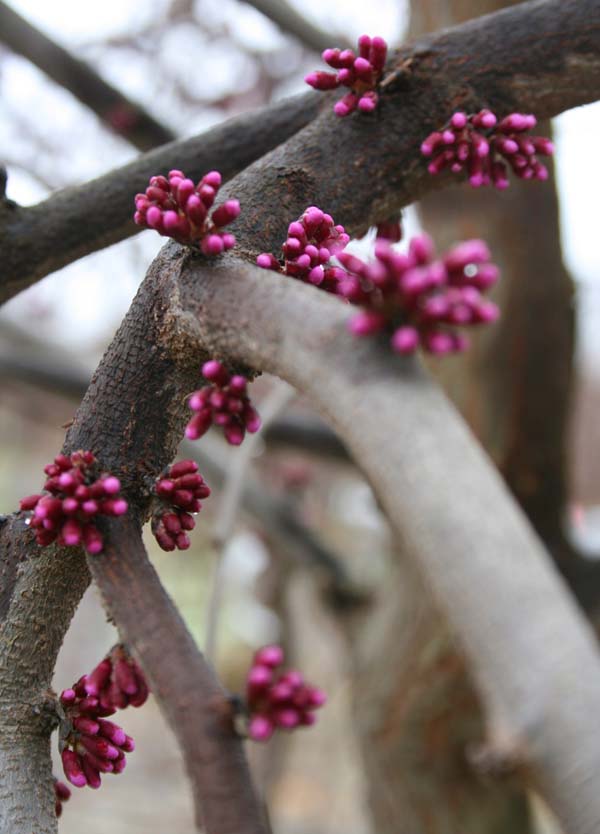
Redbud (Cercis Canadensis); Select Horticulture, Inc.
Even deciduous plants (i.e. those that shed leaves yearly), which are native and pervasive in New England, were not immune to the effects of nor’easters this year, and they typically are. “We’ve seen a number of fothergilla and other plants that have actually been snapped off,” maintains Sullivan, “so we’re cutting back the broken stems there as well.”
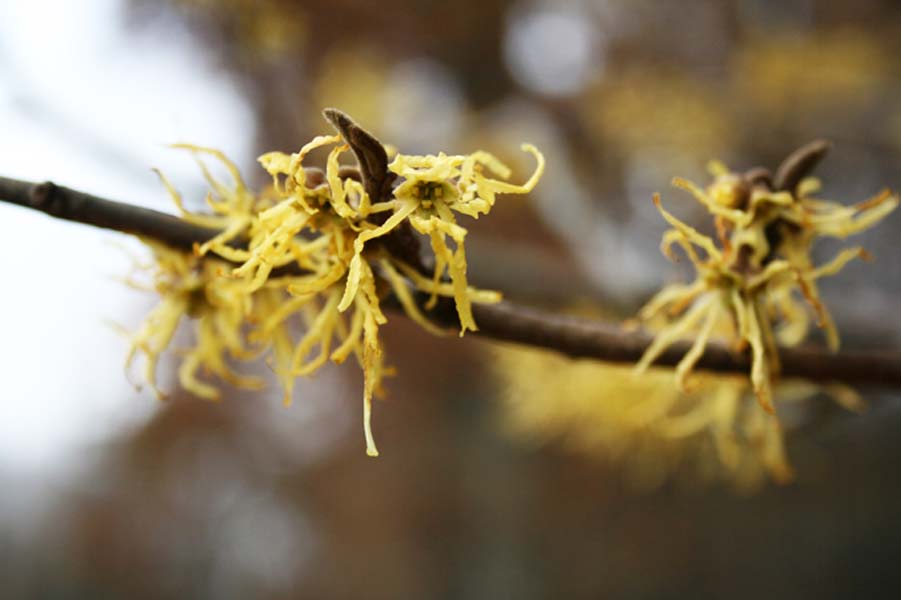
Witch hazel (Hamamelis); Select Horticulture, Inc.
How can the novice discern whether a plant is living? “You can take your thumb and scratch that bark layer (the cambium) off a little bit,” offers Sullivan. “If you see green underneath, then it’s still alive, and you should definitely leave it because there are buds underneath that bark.” Buds that may well pop out when our beloved temperate climes are here to stay.

Assess, Remove or Replace
Once you’ve got the yard spruced up, “you can start looking at whether you are going to add anything to your landscape,” says Lombardi, and thinking about larger projects like removals or additions.
Be sure to assess fence posts, arbors and gates as well as your bushes and trees, so that your fencing is securely supported, advises Walpole Outdoors. “Posts should be tamped to tighten the soil around them and to realign any that may have moved with the frost.”
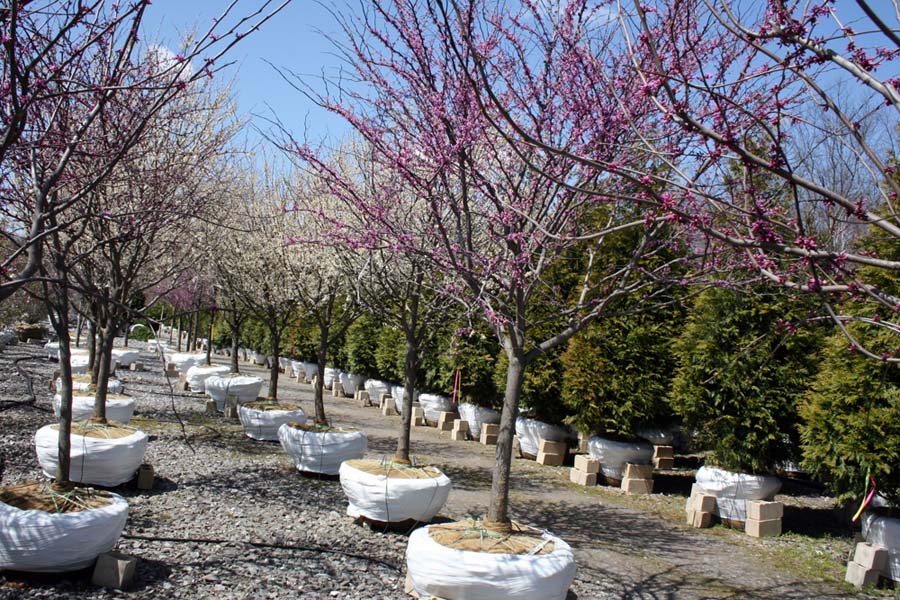
Redbud (Cercis canandensis); Select Horticulture, Inc.
Now you’re ready to think plantings. “There is no better way to welcome the spring like planting a tree,” gush Richard and Freeborn. But you do have to take care to “do your homework” and choose a tree that “won’t overgrow the space you have allotted for it.”
Halloran suggests that “now is the time to consider replacing evergreen material that regularly takes a winter lashing with deciduous material that can be cut back every year—where it is aesthetically fitting!”
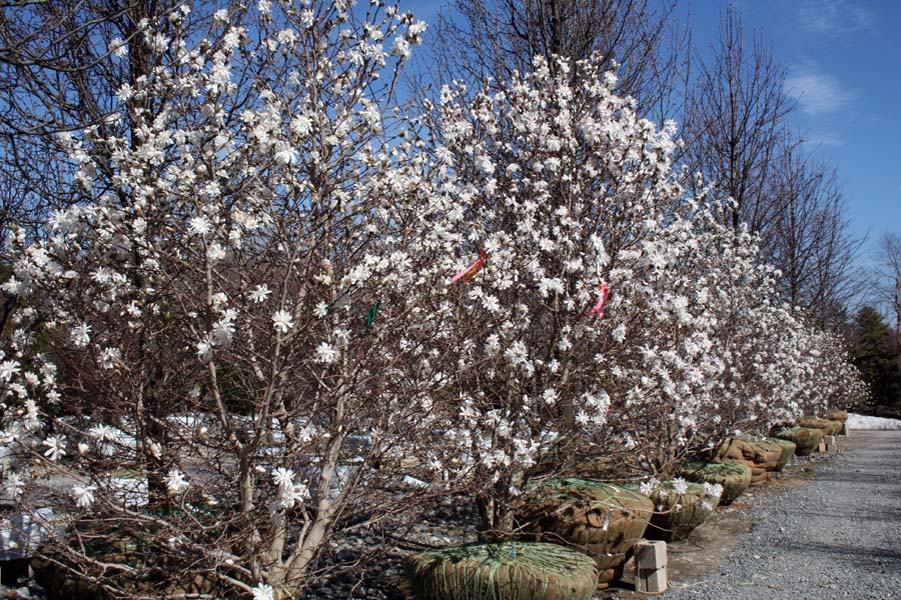
Star magnolia (Magnolia stellata); Select Horticulture, Inc.
The team at Select Horticulture agrees. Seasonal interest is often overlooked in landscapes, but the fact of the matter is that “we live in a region where most of the deciduous trees are without their foliage for nearly half the year!” Homeowners should think “bark and structure along with fruit and flowers,” contend Richard and Freeborn, who add descriptively that the “white peeling bark of a birch against a backdrop of mixed conifers” or “the muscular silhouette of a European beech or the graceful lines of a dogwood on a cold snowy February day are grand to behold.”
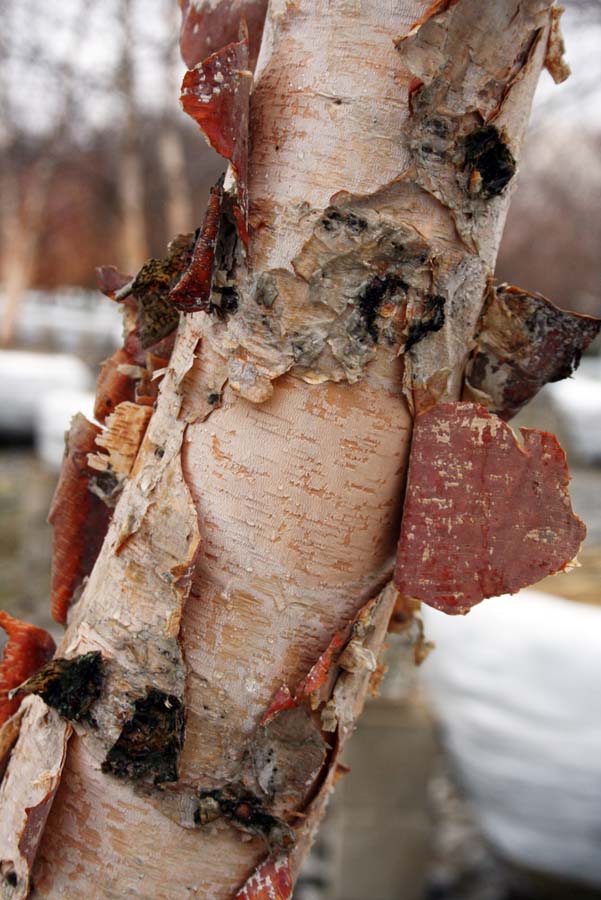
Birch (Betula nigra ‘heritage’); Select Horticulture, Inc.
Take your cue from your tastes, and think of your garden as a canvas that reflects the colors, textures and plants you like. Mixing up color and texture can create truly striking and personal terrains that you’ll enjoy indoors and out. Think creatively and consider the yard as you would your home’s interior, as in “Leather? Granite? Wicker?” urge Richard and Freeborn. Above all? “Mix it up,” they say. “There is no right and wrong.”
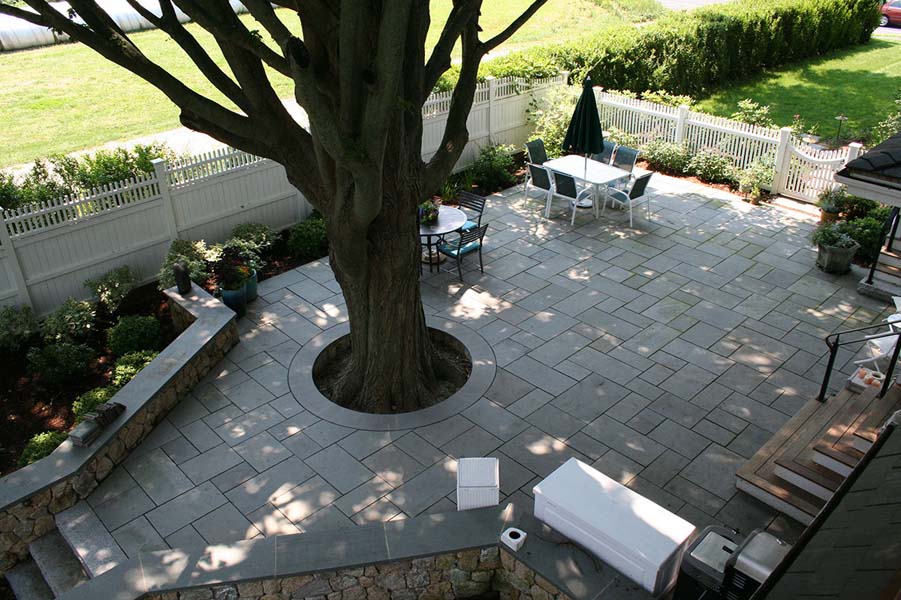
Prep and Plant
Now that the gardens and lawns are revitalized, it’s wise to fertilize and lay down mulch. “The sooner gardens are cleaned up, fertilized and mulched, the sooner we can enjoy their beauty,” says Halloran.
For lawns, Schumacher suggests fertilizer with a crabgrass preventative, which can really alleviate problems with your lawn. It’s a weed seed herbicide,” Sullivan explains, “a preemergent. It kills the seed itself; it makes it so it will not germinate.” She does caution, however, that it’s a bit tricky in that it’s effective for three months time, “so you need to consider that before you put it down.”

Schumacher also uses weed preemergents in their flowerbeds as a preventative measure and, of course, puts down bark mulch. Sullivan offers, “bark mulch is so good in so many ways, because it keeps moisture in and keeps weeds from coming up.” Take care not to lay down too much, however. People are often too heavy-handed with it and get it too close to the trunks of trees or stems of shrubs. “You want to be able to see a little bit of a flare,” says Sullivan, “that’s how you know that you’ve got the right amount of soil or bark mulch by your tree.”
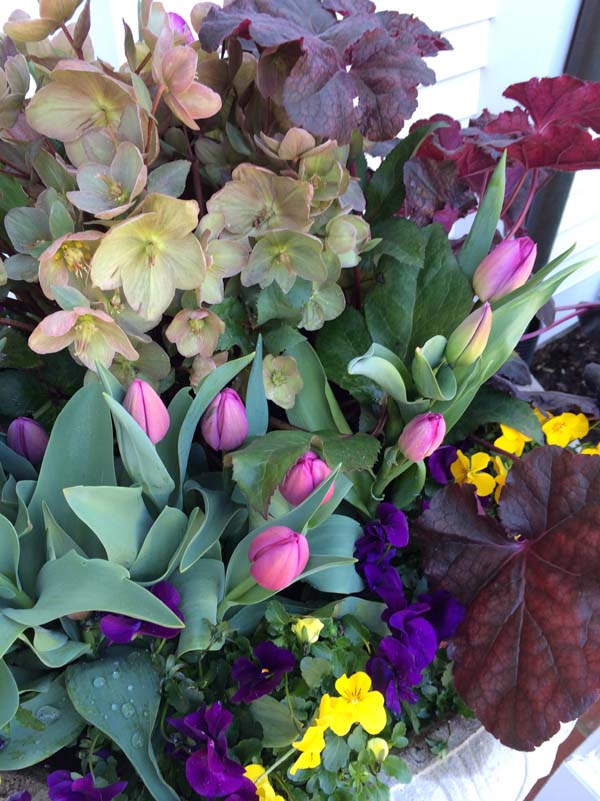
By now, you’re itching to get planting and we don’t blame you. Suppress that longing for geraniums until late May. Immediate blooms should be cold hardy annuals like pansies, lettuces and forced bulbs like daffodils and tulips that won’t be affected if we have a freakishly low temp one night (when in New England…).
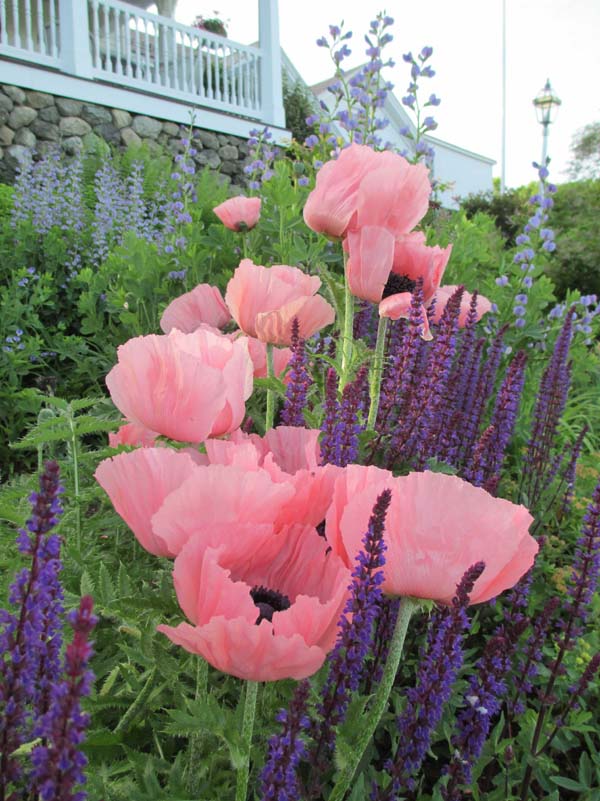
Parterre Garden Services
Next up, it’s perennials and containers that really come into the forefront in May, says Lombardi. In fact, Lombardi Design and Parterre have contracted with growers to be assured that the product, quantities and colors that clients will want for their window boxes, and patio-pleasing pots and urns are available.
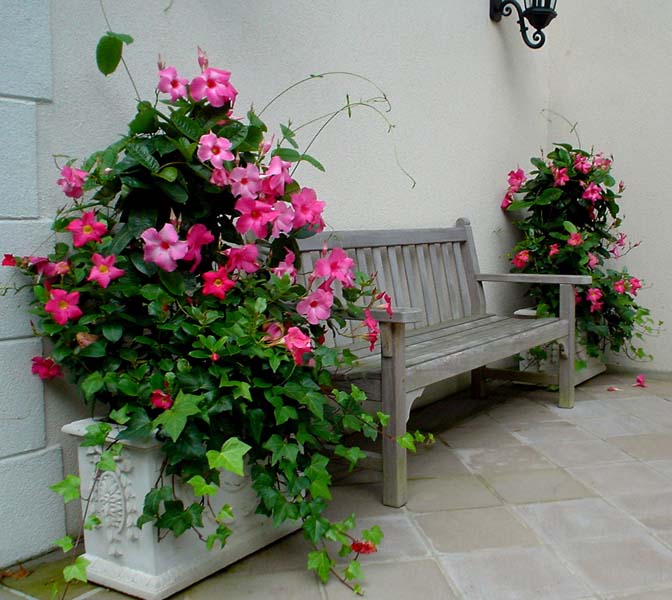
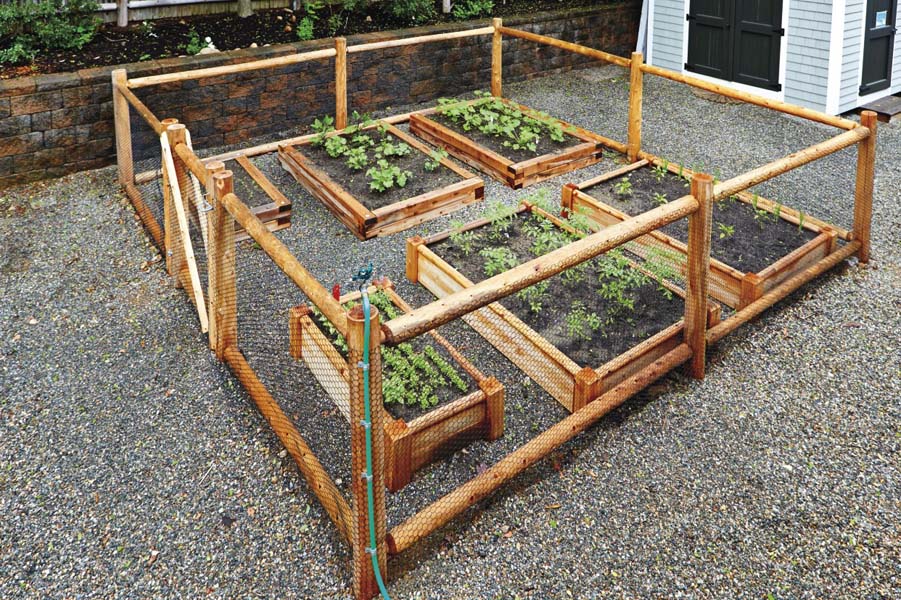
Memorial Day is the safe rule of thumb for planting those vegetables and gorgeous summer annuals that will elicit heady blazes of color. Walpole Outdoors encourages homeowners “to nurture your vegetables and flowers with frames, trays and easy-to-build-raised beds. And don’t forget a sturdy mesh wire enclosure to keep out pesky foragers.” They contend that planning and planting your kitchen garden is one of spring’s greatest joys. We couldn’t agree more. And enjoying the fruits of your labor? Sweeter still.


Add new comment